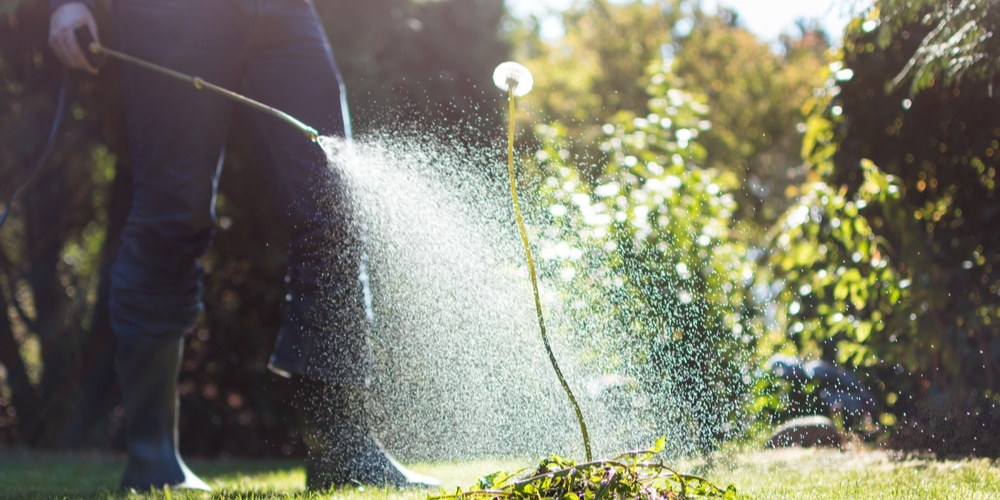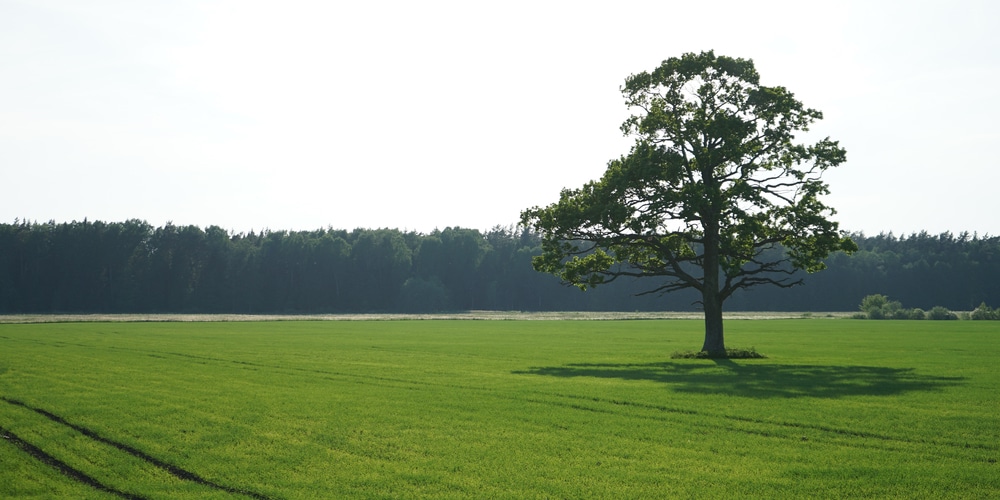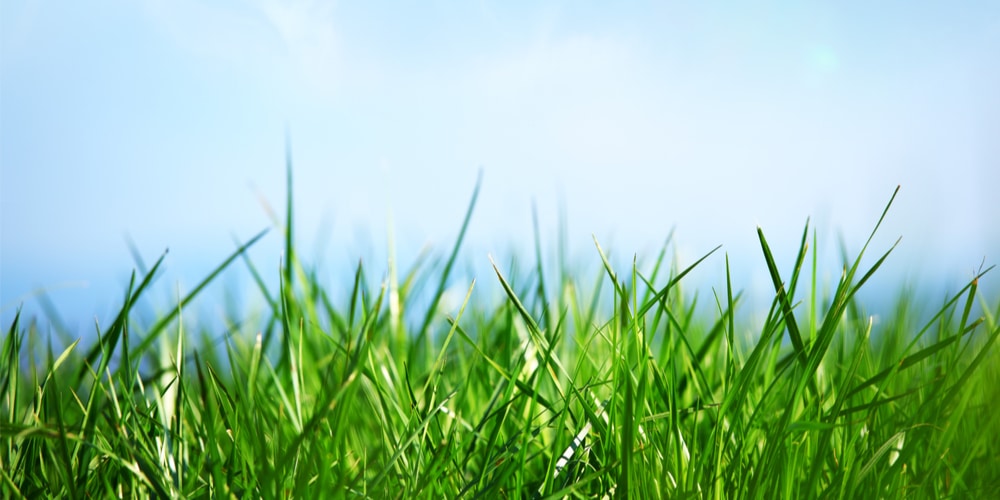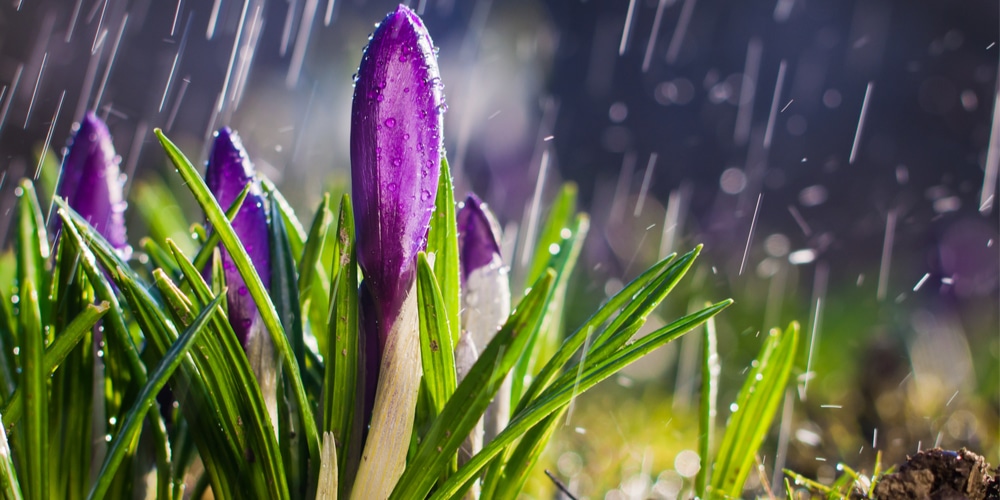If you’re looking to improve the health and look of your lawn, you’ll need to consider which type of weed killer to use. There are many different weed killers on the market, and these are available in two different varieties. A pre-emergent weed killer is used in the early spring to stop the seeds of weeds from germinating, thus preventing weeds from growing. The two main factors that determine the best time to use 2 4-D are going to be the time of year and whether or not rain is in the forecast.
The other type of weed killers are herbicides used on mature weeds. 2,4-D is commonly used to kill weeds that are growing amongst the grass. This product works by altering the way cells in the weeds grow. It stops weeds from absorbing enough nutrients and sunlight, which will quickly cause them to curl up and die. Let’s look at how to use 24D, including the best time for application and things you should consider before applying the product to your lawn.
What is 24D Herbicide?
2,4-D is a very popular and useful herbicide that’s available in various different forms, including as a liquid spray or granules, salts, esters, or in an acid form. You may need to mix it if you buy it in concentrated form. Here’s how to get the right 24-D mix ratio. Products formulated using 24D are very toxic, and the strength of the product varies depending on its form.
2,4 D contains the chemical dichlorophenoxyacetic acid, which is an organic compound. It’s generally referred to as 2,4-D for short. 2,4-D has received some bad press in recent years as it can cause environmental pollution. If you live near a waterway, overapplication of the product can seep through your soil and get into the water, resulting in the death of fish. There have also been suggestions that the product may cause cancer.
Homeowners commonly used 24D to control broadleaf weeds in their lawns. It is also used for agricultural purposes. The product can be used to kill weeds such as plantain, dandelions, chickweed, and clover. While 24D herbicides kill weeds, they won’t damage the grass as long as the lawn is well established.
When applying 24D herbicides, you should always wear protective clothing and only apply in the ratio that’s stated on the label. Keep children and pets away from the solution and out of your yard for six to eight hours after application.
What is the best time to use 24D?
When using 24D or any other type of herbicide, it’s best to follow the manufacturer’s instructions which can be found on the label, the best time to use 24D can vary slightly depending on the brand.
Most products should be used in the early spring and fall. You can spray 24D onto your lawn in the early spring before the weeds have had a chance to grow and mature. 2,4-D works best on small weeds that are actively growing but have not yet maturated.
Some people recommend mowing the lawn before applying 24D, as this helps the product soak into the soil, making it more effective. It’s best to wait for a few days after spraying your lawn before cutting your grass again. After spraying your lawn, you’ll notice that it takes one or two weeks for the weeds to die completely. However, the 24D will be absorbed by the soil and start taking effect in the first 48 hours.
The best temperature to spray 24d?
Before spraying 24D, you should consider the weather conditions and climate in your area. You’ll need to wait until the spring when the weather starts to improve and seeds begin to grow.
It’s best to apply 24D when the temperature is between 65 and 85 F. If the temperature is below 60 F, you may notice that the herbicide doesn’t work as well. It may kill weeds but will take longer to take effect.
If used at temperatures above 85 F, the solution may injure the weeds and then start to evaporate before taking full effect. For this reason, you should apply 24D in the early spring and then again in the fall when the weather starts to get cooler.
If you live in a cooler climate, it’s best to apply 24D and other herbicides in the late morning afternoon. Don’t apply the herbicide if there’s dew on the ground, as this will cause it to run off and be watered down, which will make the product less effective. Waiting until later in the day will give the dew a chance to evaporate. In hotter climates, you can apply fertilizer slightly earlier in the morning if you choose. It’s best to avoid the hotter weather in the afternoon.
How long before rain can you spray 24d?
It’s best not to spray 24D on your lawn if rain is forecast. The chemicals need at least four hours to soak into the plant’s leaves before it rains. If it rains soon after you apply 24D, you’ll find that the product is less effective. Many manufacturers suggest that their products need between six and eight hours of rain-free weather to kill weeds effectively.
Most herbicides, including 24D, are affected by rain, even if it’s just a short shower. Small amounts of rainfall soon after application will reduce the absorption and result in less effective weed control. Don’t apply herbicide if rain is forecast before the herbicide has time to become rainfast. This will save you time and money in the long run.
Conclusion
The best time to use 2-4D is going to be in the early spring or the fall. You need to check the temperature and whether or not it’s going to rain (if there’s rain in the forecast, it’s not a good time to use 2-4D).
There are many advantages of using 24D as a herbicide. This effective product kills a wide variety of broadleaf weeds, including dandelions, clover, and chickweed. It works well as long as it’s applied at the correct time of year and in the right weather conditions. It’s best to apply herbicides on a calm day when rain isn’t forecasted.
If it rains too soon after application, the product will be less effective. Don’t use 24D on windy days as the wind could blow it onto other plants in your yard or flower bed that you don’t want to kill.
2-4D is very popular for use with Bermuda grass. 24D will not kill Bermuda grass.
Always keep children and pets out of the way when using 24D or any other type of pesticide, herbicide, or fertilizers.



